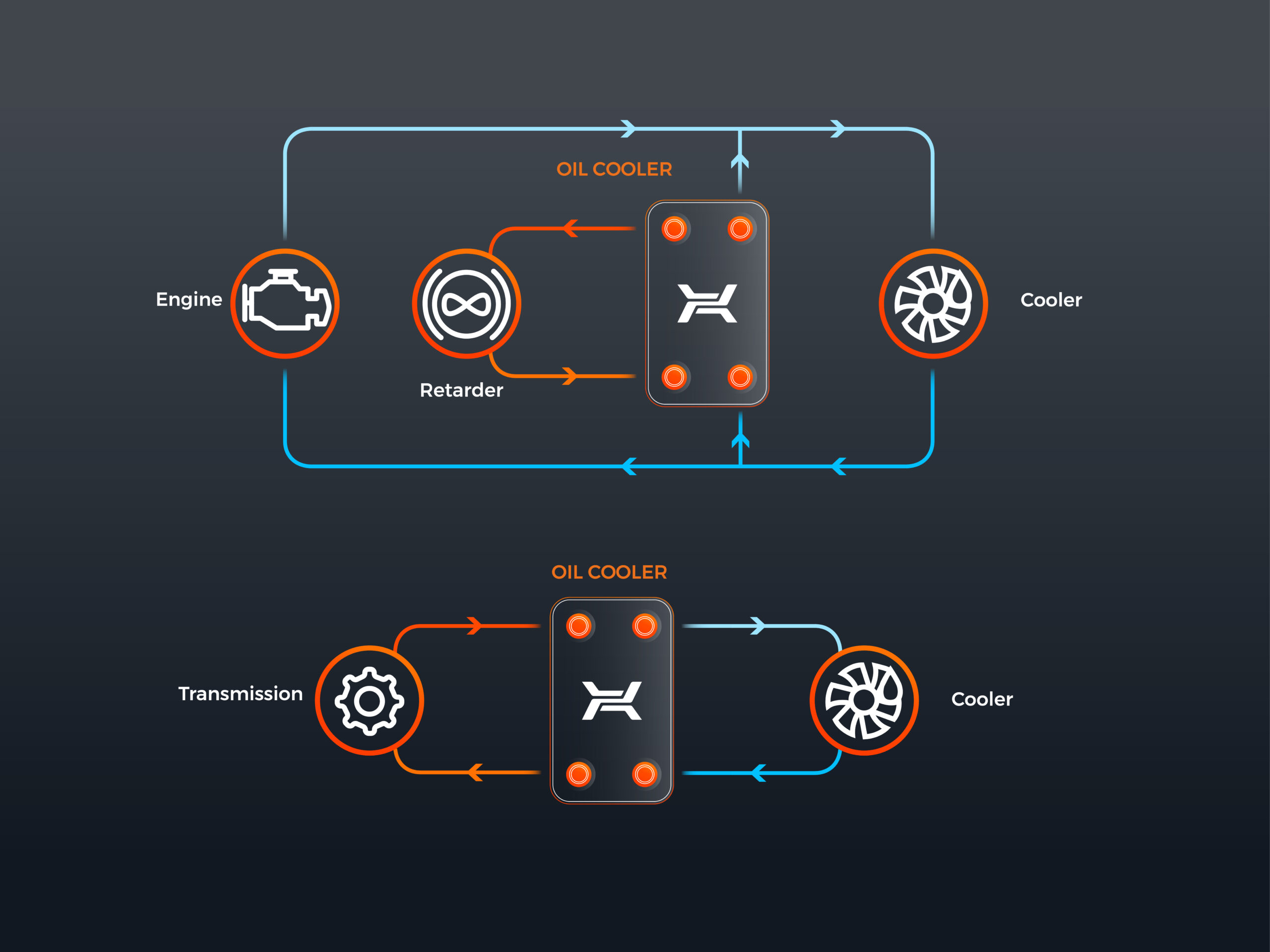Transport
Transport is a set of activities connected with moving persons and goods using the appropriate means of transport.

Transport is a set of activities connected with moving persons and goods using the appropriate means of transport.

Hydraulic retarders, commonly used in commercial vehicles, are auxiliary devices that may reduce the speed of a vehicle by converting the kinetic energy of the vehicle into heat energy dissipating in the working medium of the brake, i.e. the oil. During braking, the oil is pumped to the area between the rotor and the stator, called the brake chamber.
Passing through the chamber, the oil gets to the immobile blades of the stator. It slows down there, changes the direction and again flows onto the rotor blades, generating the rotational torque and causing reduction of speed and slowing down the joint shaft. As a result of this, the vehicle starts to slow down. Temperature control in brake system reduces potential contamination and fuel consumption. Hexonic oil coolers are used in the brake systems of trains, trams, buses and trucks.
